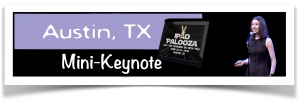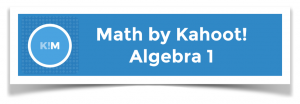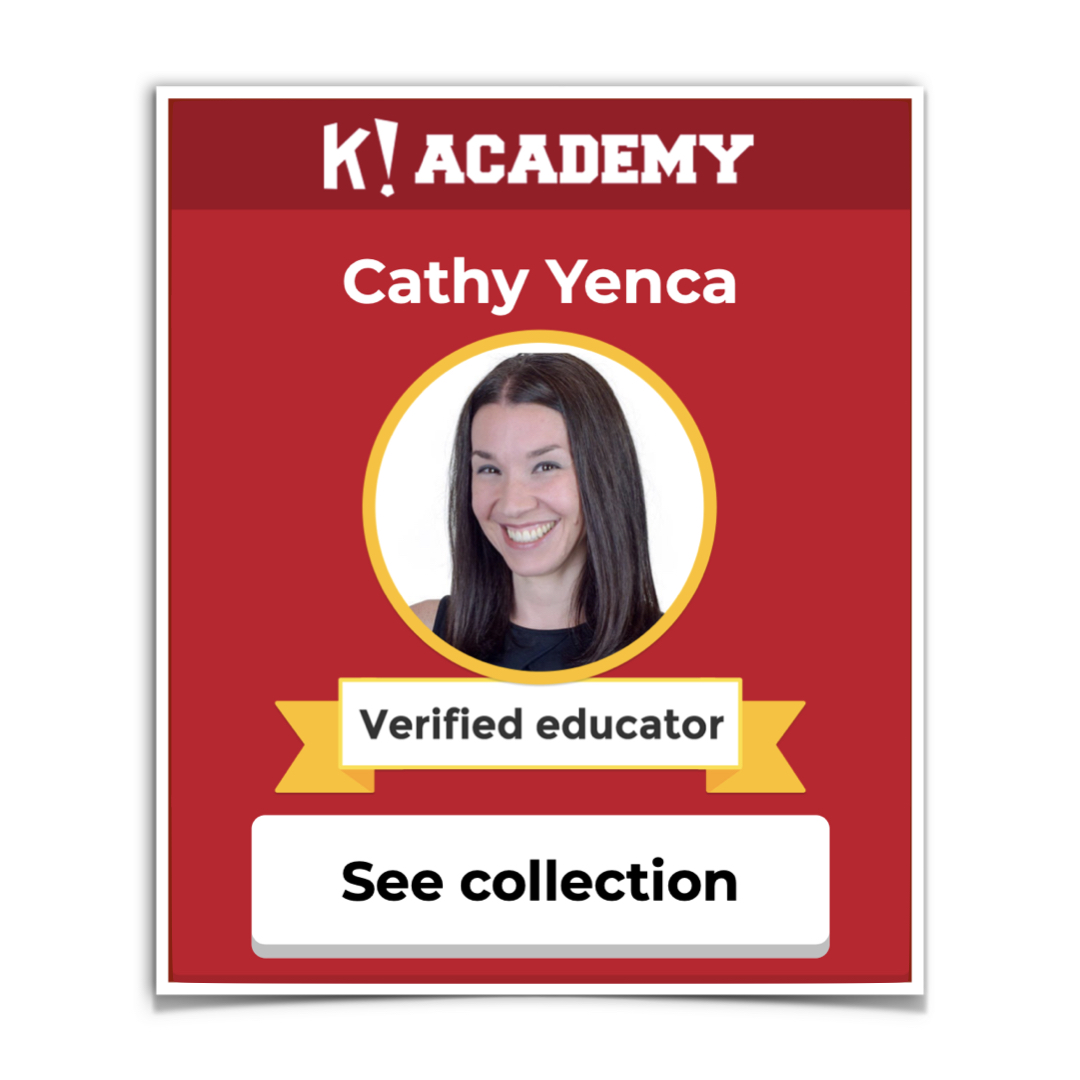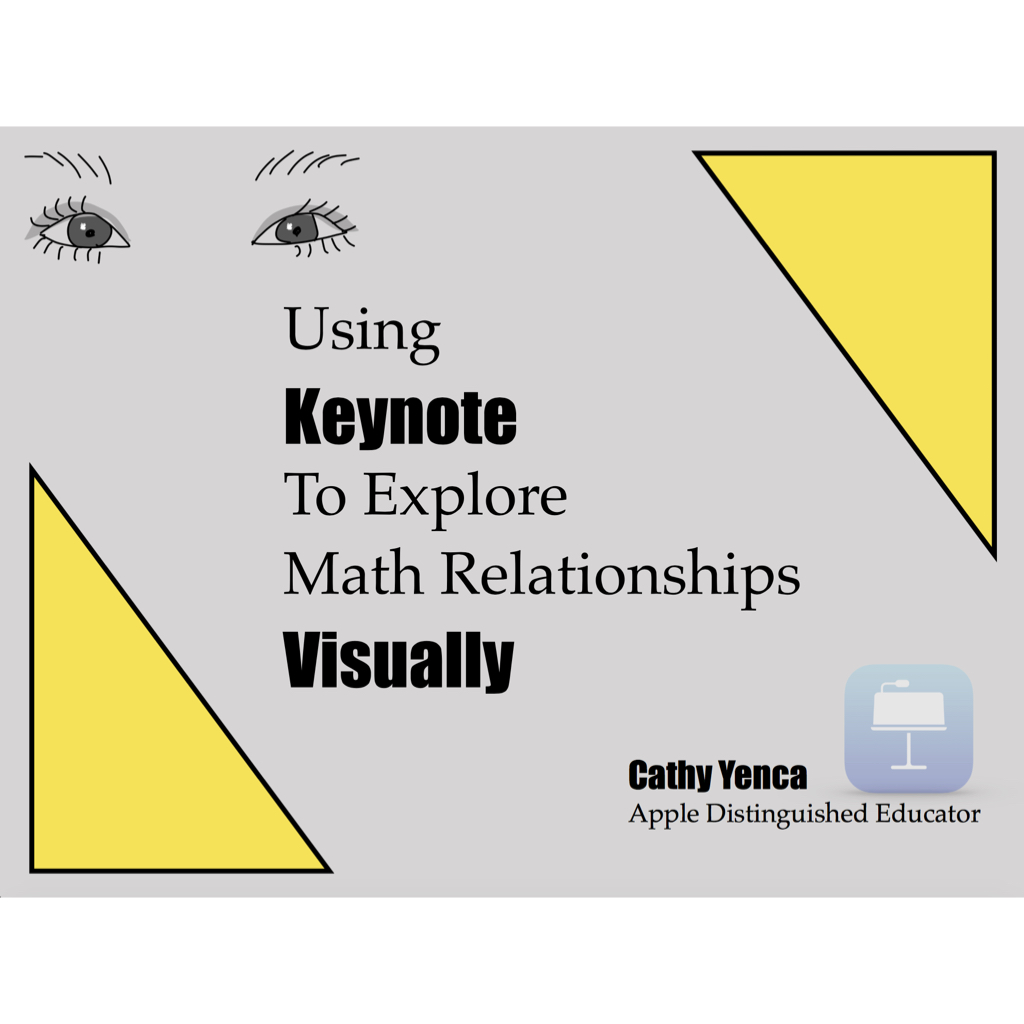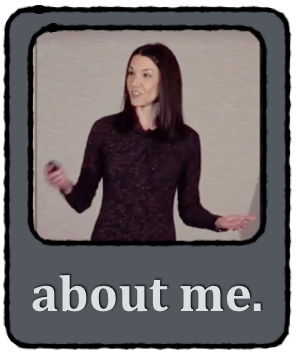Yes We Did!
Recently, we had the pleasure of a classroom visit from Jenny Wales! My students were honored to have a Desmos Expert stop by and see us in action. Students found creative ways to “put the point on the line” and quickly discovered that considering the slope of each line would help them with the process.
Favorite S quotes from class during @Desmos “Put the Point on the Line”: Student 1: “Wait… you can use the slope for this!” My Face While Overhearing This: 💚😁💚 Student 2: “Wow. What you said is, like, a math teacher’s dream.” #iteachmath #MTBoS
— Cathy Yenca (@mathycathy) October 4, 2018
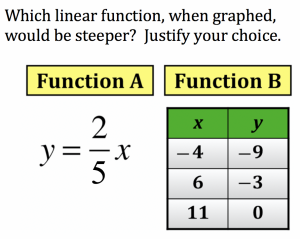 One big A-HA? That the universe doesn’t owe us points on a line that are equally spaced. For example, in a follow-up activity on paper, students encountered this problem. This table of values –> had many students arguing about whether the relationship was linear at all. They’d calculated the “constant rate of change” for several years without necessarily deeply considering proportionality. I love when big ideas show up in math arguments!
One big A-HA? That the universe doesn’t owe us points on a line that are equally spaced. For example, in a follow-up activity on paper, students encountered this problem. This table of values –> had many students arguing about whether the relationship was linear at all. They’d calculated the “constant rate of change” for several years without necessarily deeply considering proportionality. I love when big ideas show up in math arguments!
Another idea that surfaced from our slope-y day I shared in the following tweet. It was so encouraging to hear from other teachers that we should embrace methods students prefer to use and understand.
Question: My Ss prefer finding slope of a line from given points using a table to find the “change in y” and “change in x” versus using the subscript-laden formula… every time. Do you force Ss to use the slope formula? Why, and when? #iteachmath #MTBoS
— Cathy Yenca (@mathycathy) October 6, 2018
An aside… did you notice that Jenny and I posed for a photo in front of last year’s students’ Desmos Pet House projects, preserved on custom art canvases for all to enjoy?!? It looks like some other 7th graders are really rocking this project too!
Last week, my 7th graders designed Pet Houses using @Desmos and @mathycathy’s classroom activity! I’ve tried drawing activities before, but the investigations about restricting the domain/range and using inequalities to shade really helped and motivated students! Thank you! pic.twitter.com/MqgHtOAcR5
— Alison Ridgway (@ridgway2math) October 14, 2018
Yes We Did!
At #LearnFestATX this past June, my math pal Nadine and I shared about using Desmos Activity Builder to create Card Sorts in every content area. It was an honor to have yet another Desmos Expert, Jay Chow, mention us in his recent blog post! By the way, I can’t overstate the awesomeness of Jay’s Desmos Breakout activities! Go work ’em yourself with your student-hat on, then launch them for your own students! *Update* Check out my awesome colleague using Desmos in her History classes!
I love using @Desmos to play digital Guess Who games for historical figures. If you have 1:1 devices, I highly recommend giving it a try! #sschat #historyteacher pic.twitter.com/YRSjSkKLev
— Kendall Hiott (@historyhiott) October 17, 2018
Yes We Did!
My Twitter pal Steph Reilly and I had an impromptu-and-virtual-Desmos-Collaboration this past Saturday morning. The power of sharing, tweaking, and creating resources together across time and space never ceases to amaze me. Check out Steph’s awesome creation to help students understand WHEN and WHY we “flip” the inequality sign.
Improved @Desmos activity: Linear Inequalities: WHY do we flip the inequality?! https://t.co/Kkq263qKGQ Thx @mathcathy for making this better! (Answer slide can be deleted for live use in class)
— Steph Reilly (@reilly1041) October 14, 2018
No He Didn’t.
If you missed it, read this thread. You might experience laughter (from the comments) and also be moved to tears (from this ridiculous #pseudocontext).
No he didn’t. #MTBoS #iteachmath pic.twitter.com/JzpxznRNex
— Cathy Yenca (@mathycathy) October 9, 2018





